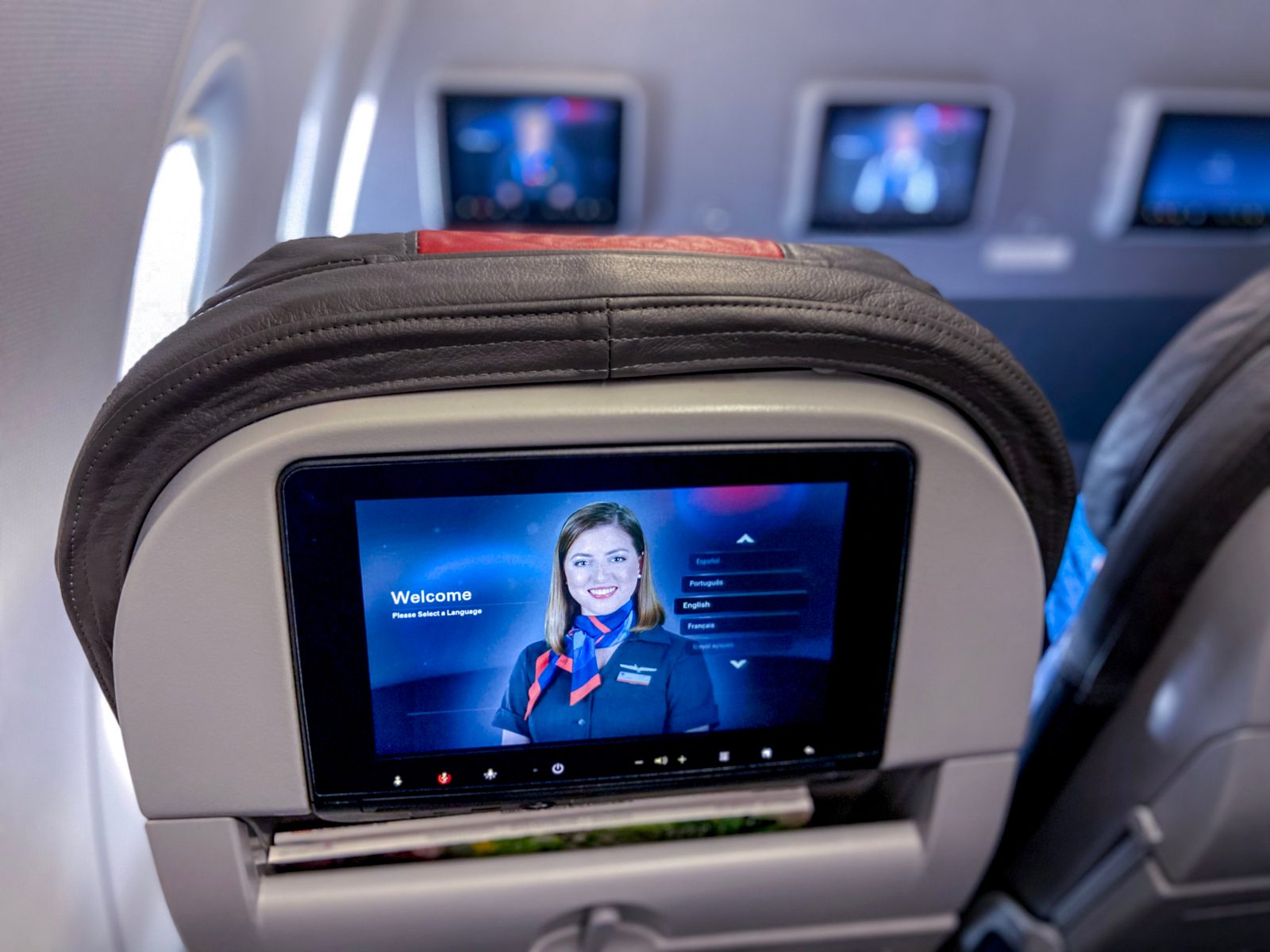
American Airlines has confirmed that it will implement network-wide crew scheduling changes on December 2 to comply with a final rulemaking from the Federal Aviation Administration (FAA) that guarantees flight attendants a 10-hour break between domestic duty days with at least 8 hours behind a hotel door.
The Dallas Fort Worth-based airline recently informed its flight attendant union that all domestic originating on Friday, December 2, onwards would be built with the FAA-mandated minimum rest requirement.
The 2018 law was finally ratified with a final rulemaking last month after being prioritized by the Biden administration. Until now, FAA rules have only mandated a nine-hour rest period for domestic duties under 14 hours which could, under certain circumstances, be reduced to just eight hours.
The new rules, which mirror a similar provision that has been in place for pilots since 2014, means the rest period can not be reduced for any reason. Even severe weather or bad traffic getting from the airport to the crew hotel can not reduce the length of time flight attendants get behind their hotel room door.
American Airlines has refused, however, to commit to building any form of buffer into its domestic scheduling system. Until now, the airline added a 1:30-hour buffer on top of the minimum required layover period, although this could be eaten into by flight delays and traffic problems.
The airline has reportedly told the Association of Professional Flight Attendants (APFA) that it won’t “commit” to building the same buffer once it implements the FAA rulemaking.
Of course, from the point of view of flight attendants, the buffer would increase rest periods even more, but from a passenger perspective, the buffer could reduce the risk of flight delays and cancellations.
That’s not to say that domestic layovers won’t be built without time buffers, but American Airlines isn’t willing to guarantee they will. For example, in December, 3.8% of domestic layovers have been built with a flight attendant rest period of between 11-12 hours.
Most airlines have already been creating schedules for the last few months that respect the spirit of the FAA rulemaking but from January 2023, we’ll begin to see whether longer flight attendant rest periods start to disrupt flight operations.
Mateusz Maszczynski honed his skills as an international flight attendant at the most prominent airline in the Middle East and has been flying ever since... most recently for a well known European airline. Matt is passionate about the aviation industry and has become an expert in passenger experience and human-centric stories. Always keeping an ear close to the ground, Matt's industry insights, analysis and news coverage is frequently relied upon by some of the biggest names in journalism.







